Clematis and Climbing Hydrangea Together?
westes Zone 9b California SF Bay
last year
Featured Answer
Sort by:Oldest
Comments (46)
westes Zone 9b California SF Bay
last yearRelated Professionals
70037 Landscape Architects & Landscape Designers · Deer Park Landscape Architects & Landscape Designers · Jennings Landscape Architects & Landscape Designers · East Patchogue Landscape Architects & Landscape Designers · Maywood Landscape Contractors · Grand Rapids Decks, Patios & Outdoor Enclosures · Lake Arrowhead Decks, Patios & Outdoor Enclosures · Danbury Landscape Architects & Landscape Designers · Garden City Landscape Architects & Landscape Designers · Brownsville Landscape Contractors · Beaumont Siding & Exteriors · Ashburn Landscape Architects & Landscape Designers · Rancho Santa Margarita Landscape Contractors · Markham Landscape Contractors · Northlake Landscape Contractorswestes Zone 9b California SF Bay
last yearwestes Zone 9b California SF Bay
last yearwestes Zone 9b California SF Bay
last yearwestes Zone 9b California SF Bay
last yearwestes Zone 9b California SF Bay
last yearwestes Zone 9b California SF Bay
last yearlast modified: last yearwestes Zone 9b California SF Bay
last yearwestes Zone 9b California SF Bay
last yearwestes Zone 9b California SF Bay
last yearlast modified: last yearwestes Zone 9b California SF Bay
last yearwestes Zone 9b California SF Bay
last yearNHBabs z4b-5a NH
last yearlast modified: last yearwestes Zone 9b California SF Bay thanked NHBabs z4b-5a NHwestes Zone 9b California SF Bay
last yearwestes Zone 9b California SF Bay
last yearfloral_uk z.8/9 SW UK
last yearwestes Zone 9b California SF Bay
last yearfloral_uk z.8/9 SW UK
last yearwestes Zone 9b California SF Bay
last yearwestes Zone 9b California SF Bay
last yearwestes Zone 9b California SF Bay
last yearwestes Zone 9b California SF Bay
last yearwestes Zone 9b California SF Bay
last yearlast modified: last yearwestes Zone 9b California SF Bay
last yearlast modified: last yearwestes Zone 9b California SF Bay
last yearlast modified: last year
Related Stories

PLANTING IDEASGreat Garden Combo: Rose + Clematis for Small-Space Impact
We all need somebody to lean on. And when a rose supports a climbing vine, the results can totally transform a small garden
Full Story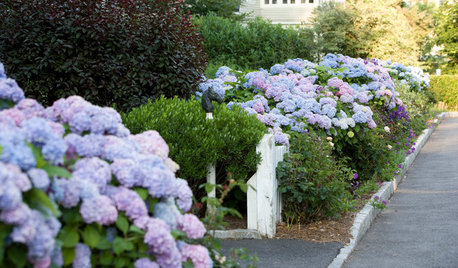
FLOWERSWhy You Should Give Hydrangeas a Place in Your Yard
The exuberant mop-headed beauties evoke dreams of an endless summer by the sea
Full Story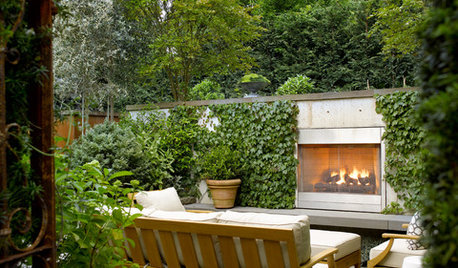
GARDENING AND LANDSCAPINGClimbing Plants Suit Small Gardens
Use climbing foliage and flora to blur garden planes, hide unsightly features and soften imposing landscape boundaries
Full Story
PETS6 Ways to Help Your Dog and Landscape Play Nicely Together
Keep your prized plantings intact and your dog happy too, with this wisdom from an expert gardener and dog guardian
Full Story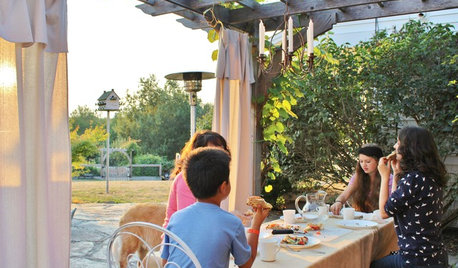
HOUZZ TOURSMy Houzz: A Modern-Day Homestead Brings a Family Together
Their 5-acre Washington property, with sports court, swings, pizza oven and gardens, is a labor of love and communal playspace
Full Story
LANDSCAPE DESIGNBefore and After: 3 Exuberant Cottage Garden Makeovers
Billowing flowers, meandering walkways and secluded seating come together in these delightful outdoor retreats
Full Story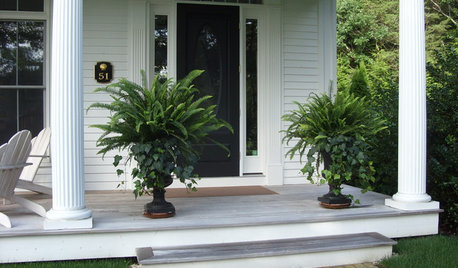
GARDENING AND LANDSCAPINGPorch Life: 12 Ways to Beautify a Porch With Plants
Abundantly welcoming, plants rooted in pots, hanging in baskets or climbing up a trellis add life to porches
Full Story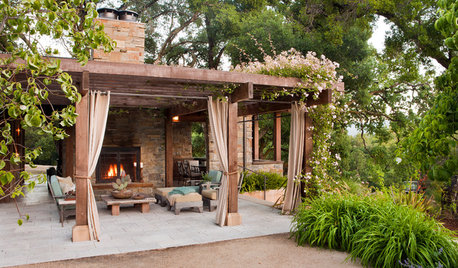
OUTDOOR PROJECTSWhat to Know About Adding a Pergola
Learn about design choices, material options and other considerations for adding a pergola or shade structure
Full Story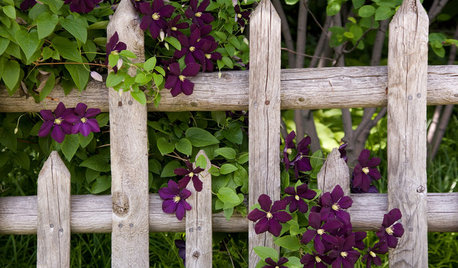
GARDENING GUIDES8 Romantic Spring-Flowering Vines to Cover a Trellis
See top choices that offer gorgeous blooms, intoxicating fragrance and benefits to pollinators
Full Story
LANDSCAPE DESIGNSee 5 Unexpected Ways to Use Vines
Vines can grow over slopes, trail off pergolas and add seasonal color to the garden
Full StorySponsored
Central Ohio's Trusted Home Remodeler Specializing in Kitchens & Baths
More Discussions






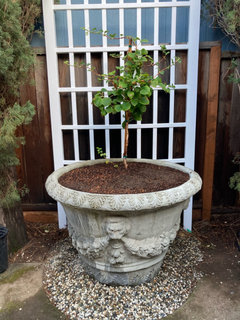
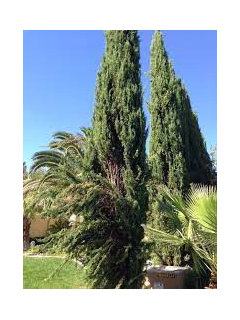
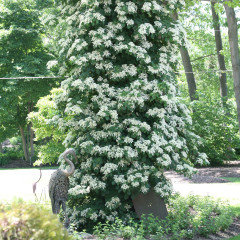
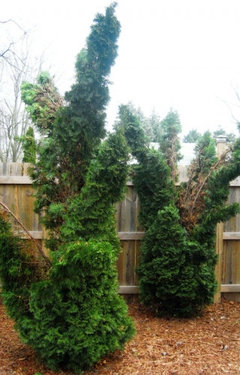
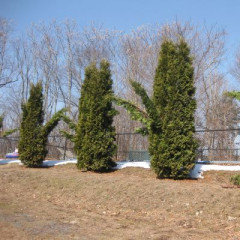
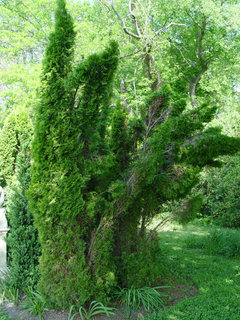
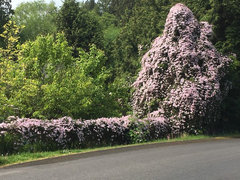
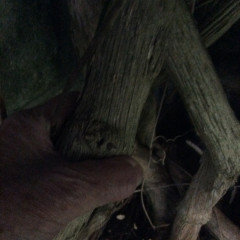
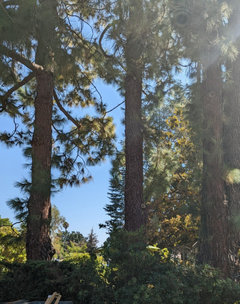
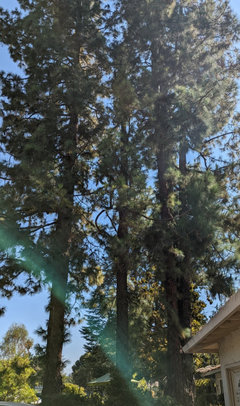
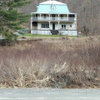


tsugajunkie z5 SE WI ♱